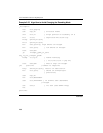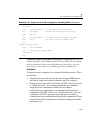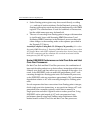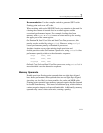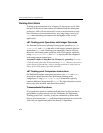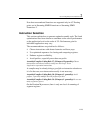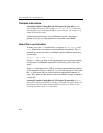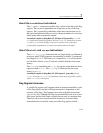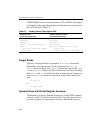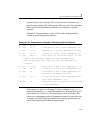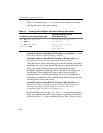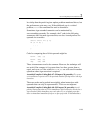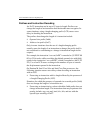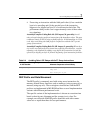
IA-32 Intel® Architecture Optimization
2-74
Complex Instructions
Assembly/Compiler Coding Rule 40. (ML impact, M generality) Avoid
using complex instructions (for example, enter, leave, or loop) that have
more than four µops and require multiple cycles to decode. Use sequences of
simple instructions instead.
Complex instructions may save architectural registers, but incur a
penalty of 4 µops to set up parameters for the microcode ROM.
Use of the lea Instruction
In many cases, the lea instruction or a sequence of lea, add, sub and
shift instructions can replace constant multiply instructions. The lea
instruction can also be used as a multiple operand addition instruction,
for example:
lea ecx, [eax + ebx + 4 + a]
Using lea in this way may avoid register usage by not tying up registers
for operands of arithmetic instructions. This use may also save code
space.
If the
lea instruction uses a shift by a constant amount then the latency
of the sequence of µops is shorter if
adds are used instead of a shift, and
the
lea instruction may be replaced with an appropriate sequence of
µops. This, however, this increases the total number of µops, leading to
a trade-off.
Assembly/Compiler Coding Rule 41. (ML impact, M generality) If a lea
instruction using the scaled index is on the critical path, a sequence with
adds
may be better. If code density and bandwidth out of the trace cache are the
critical factor, then use the
lea instruction.



